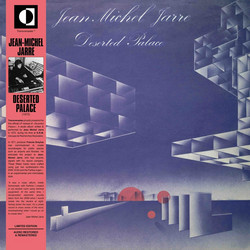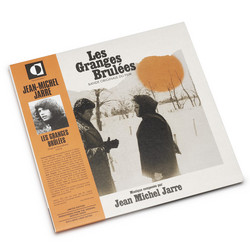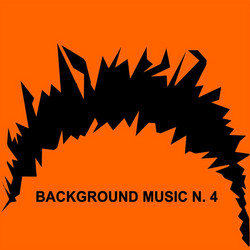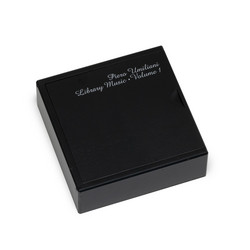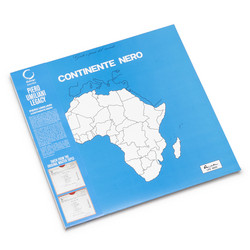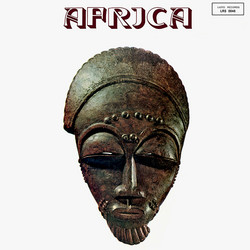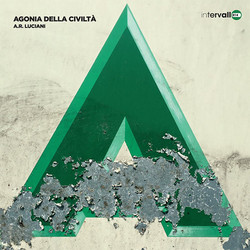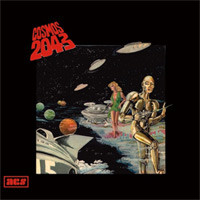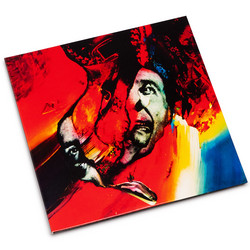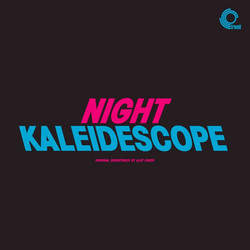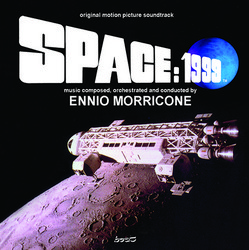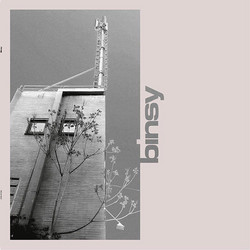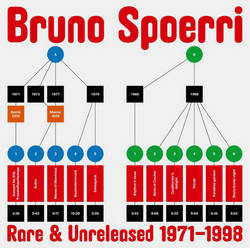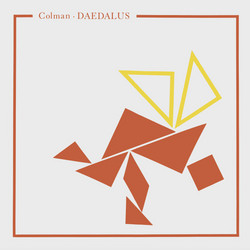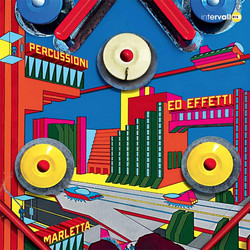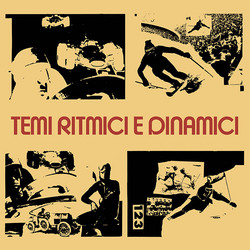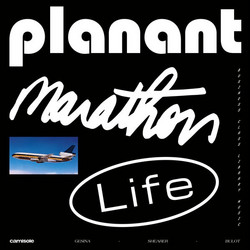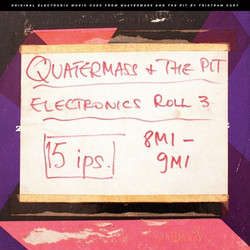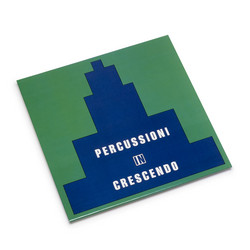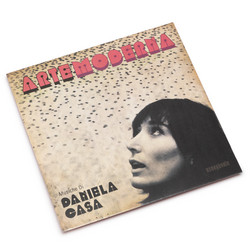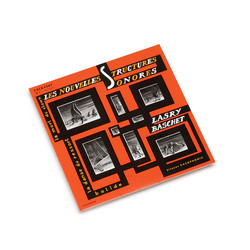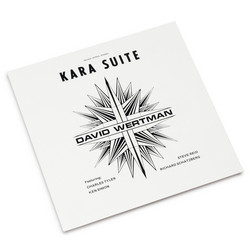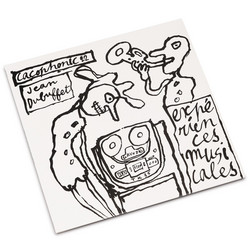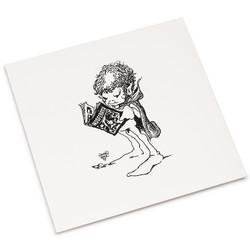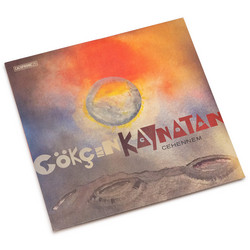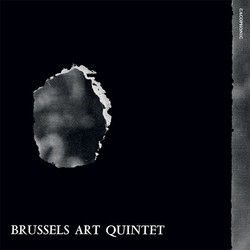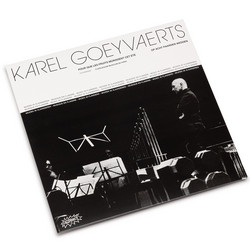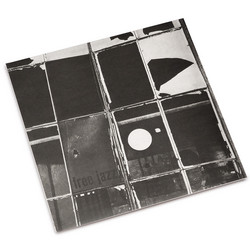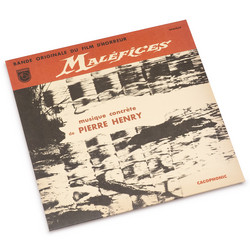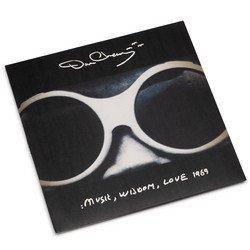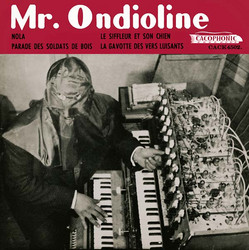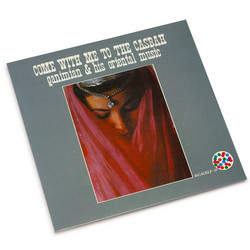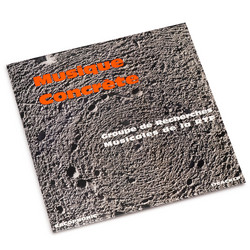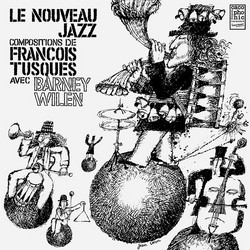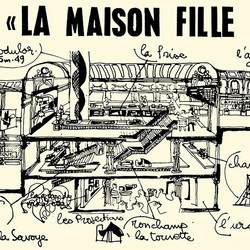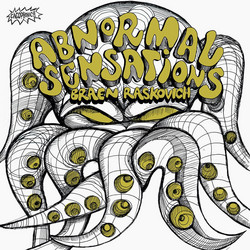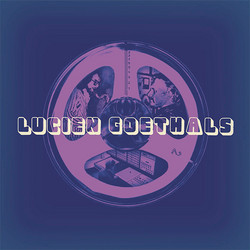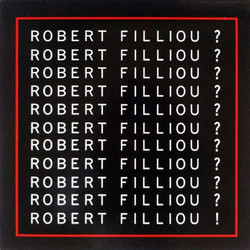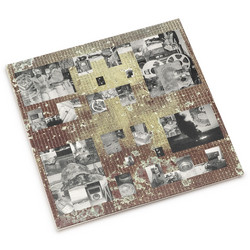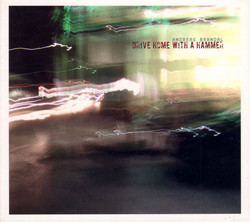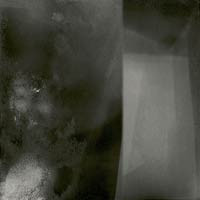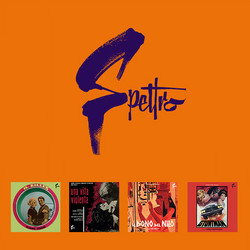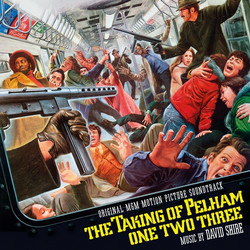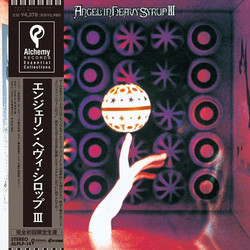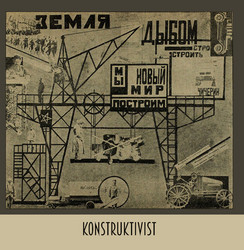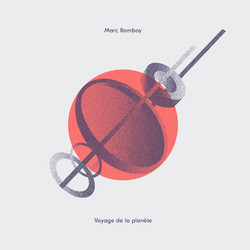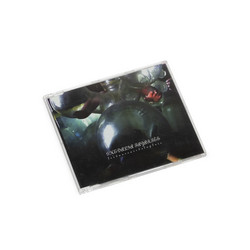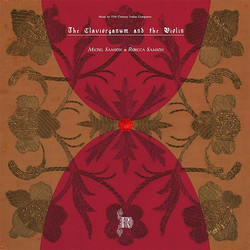Alwin Nikolais
Choreosonic music of the new dance theatre of Alwin Nikolais
"Choreosonics" was what Alwin Nikolais called his musical accompaniments to his choreography -- a unique theater exposition that modern dance scholar Isa Partsch-Bergsohn describes as "a whole new theater of motion, light and sound." In 1953, Nikolais began drawing audiences to his dance concerts at the Henry Street Playhouse in New York City, in which dancers became sources for sculptural shapes; by moving through changing atmospheres of light and sound, their relationships to the stage elements became carefully integrated into a new kind of audiovisual abstract theater art. Nikolais' sonic accompaniments were designed to share and support the total visual dynamics. Performances with names like Prism, Cantos, and Totem were critically lauded for their multidisciplinary achievements, while Nikolais' collaboration with Harry Partch on The Bewitched (1957) established his name alongside another true maverick of American sound design and composition. In his own work, some of Nikolais' dancers were also trained as percussionists, improvising with voice, hand claps, foot stomps, drums, rattles, bells, gongs, cymbals, wooden blocks, whistles, tubes, pipes, pieces of wood, aluminum, steel and tin containers, glasses, elastic bands, coils of wire, and pianos, while other dancers worked through the choreography. David Berlin, who assembled and constructed the sound recording equipment, operated from the sound booth from a window overlooking the stage, while Nikolais directed the improvisational experiments. He then manipulated the recorded sound, linking sounds together and editing them in a process similar to that of film editing. Nikolais generally tried to avoid easy identification of sounds' sources, thus inviting the ear to perceive the sound itself divorced from its initial derivation. Choreosonic Music of the New Dance Theatre of Alwin Nikolais, originally released in 1959 and now reissued by Cacophonic, captures these revolutionary sonic experiments for all to hear.
